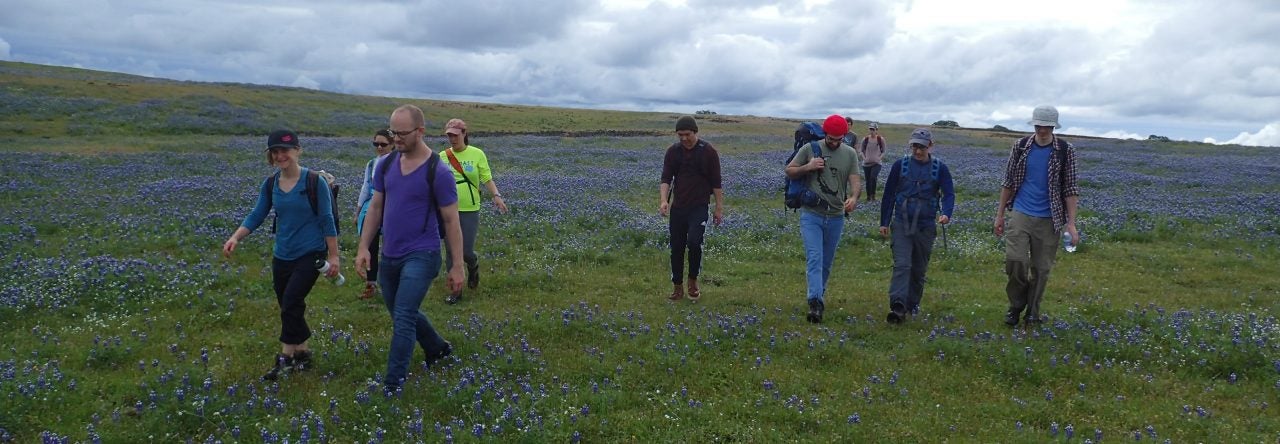Last weekend the Kopp Lab and friends took a snow-shoeing trip to the Sierras. We hiked around for seven hours, but still couldn’t locate our cabin. For fun I’m dishing out awards.
Most energetic
Winner  David L.
David L.
For continuous trailbreaking all day long.
Runner up 🙂 Perot
Best prepared
Winner  Artyom
Artyom
For providing clutch assistance with knives and rope to help repair broken equipment. Also he carried fire-starting implements.
Runner up 😐 Perot
Most fun
Winner  Janneke
Janneke
For smiling and laughing the whole way up the mountain, down the mountain, back up the mountain, then back down the mountain.
Runner up 😕 Perot
Most patient
Winner  Artyom
Artyom
For driving both to and from the trailhead, and doling out encouragement to us slowpokes.
Runner up 🙁 Perot
Most stylish
Winner  Gavin
Gavin
No explanation needed.
Runner up 😥 Perot
We hope everyone will have the chance to come next year!


